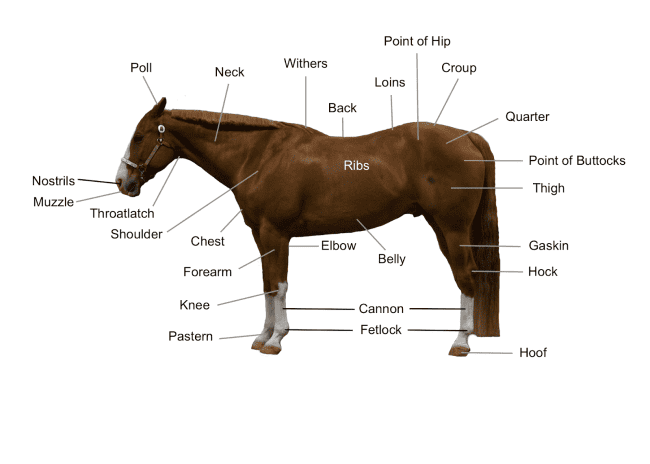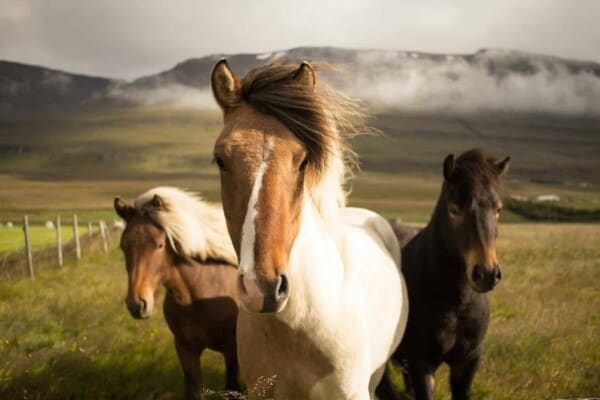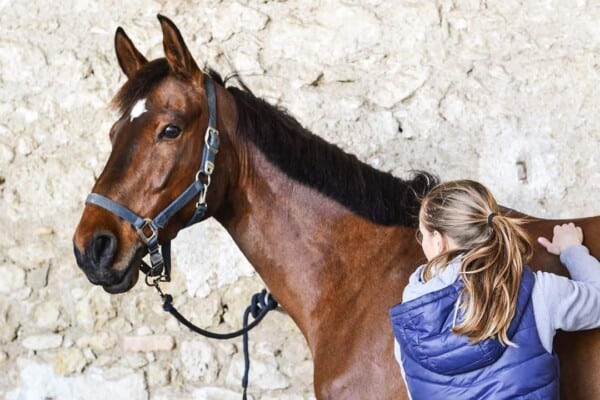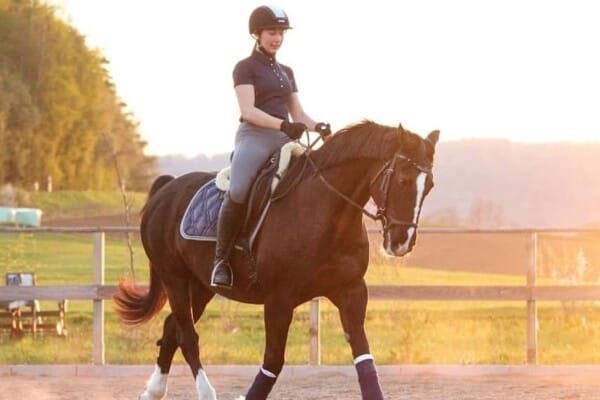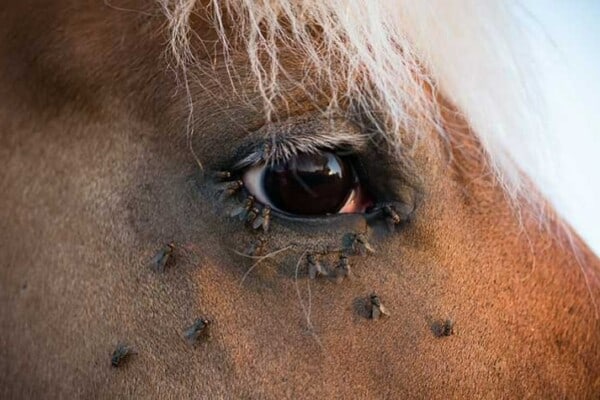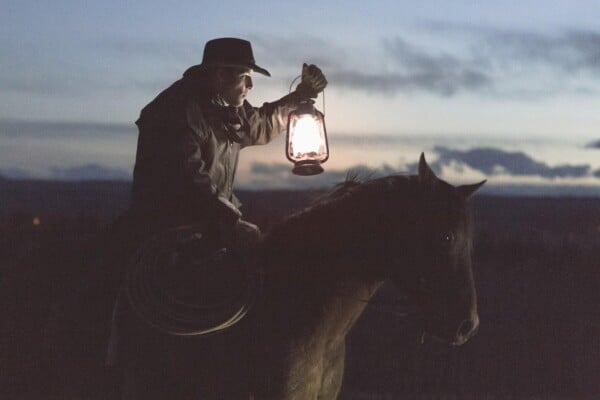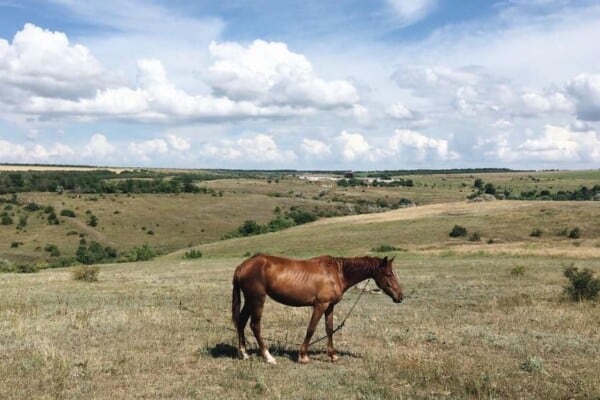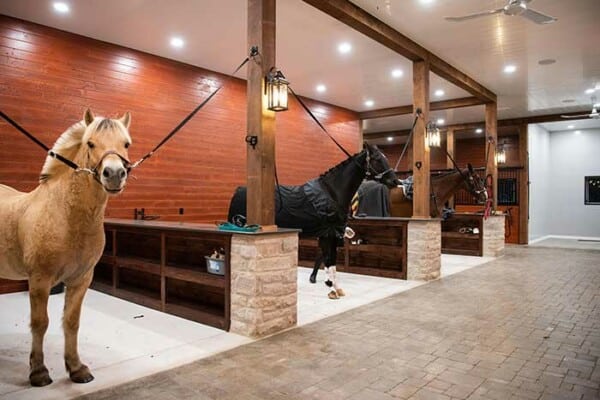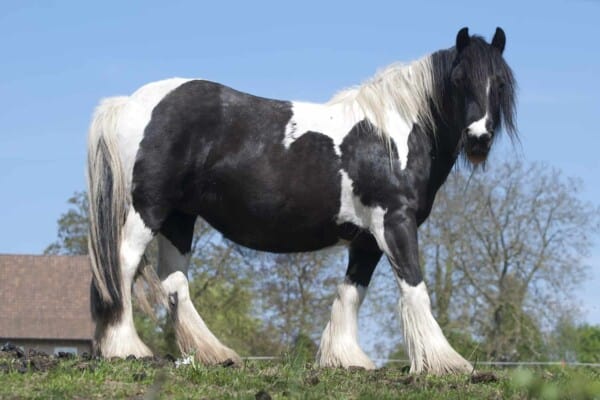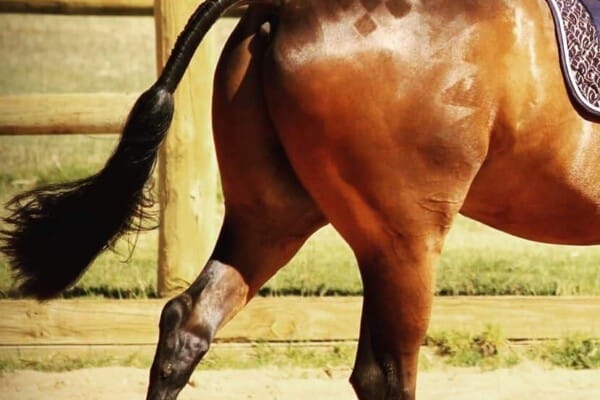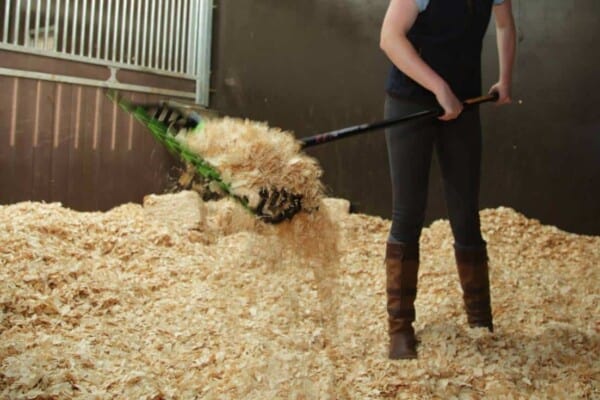The chances are that you may know the name of some if not most of a horses body parts. Knowing the body parts is key to good horsemanship and everyone who cares and regularly interacts with horses such have a basic understanding of the main parts of a horses anatomy. In the Horse Diagram below you can clearly see these main parts along with a example explanation below.

Head and Shoulders
A horses head and neck should be in proportion to their body. The base of the neck should be level with the point of the horse’s shoulder with a clear and distinct chest area below. This allows the horse to be more flexible, and have better overall balance.
- Shoulder: This includes the the scapula and other associated muscles and extends from the withers to the point of shoulder (the joint at the front of the chest, i.e. the glenoid); the angle of the shoulder has a great effect on the horse’s movement and jumping ability, and is an important aspect of equine conformation. When a horse stands square, they should have a shoulder angle between 40 and 55 degrees. At this angle, the horse’s elbow is directly below the front of the withers. The elbow should be parallel to the horse’s body. Horses with straighter shoulders and pastern angles tend to have shorter strides.
- Muzzle: the muzzle comprises of the chin, mouth, and nostrils of the horse
- Poll: refers to the poll joint at the beginning of the neck. This joint begins immediately behind the ears. When speaking many people usually refer to the poll as between the atlas (C1) and the skull.
- Eyes: A horse’s eyes are located on the side of their head. The only places a horse can’t see are directly in front of him or directly behind his tail. Horses can see almost 360 degrees around them and have only a small blindspot. See out article on horse vision for more info.
- Neck: Neck length should be one third of the horse’s total body length and equal the length of the horse’s front leg.
Body
A balanced and proportionate body is key to proper leg structure and the overall quality of a horse. As you can see in the horse diagram above a proportionate horse is usually square. A square frame means that the length of the body is equal to the height from the withers to the ground. A well proportioned horse means that they are symmetrical on both sides of their body. A lack of symmetry will usually means that a horse is more likely to experience stress in one part of their body which will limit the horse’s ability to perform with move with ease.
- Chest. This is the area from the bottom end of the neck to the top of the front legs.
- Hindquarters: The hindquarters encompass the he large muscular area of the hind legs and are located above the stifle and behind the barrel. The power of a horse comes from the strength and efficiency of their hindquarters and they are the engine that drives his gaits.
- Flank: This is where the hind legs and the barrel of the horse meet, specifically the area right behind the rib cage and in front of the stifle joint.
- Ribs: Horses have eighteen pairs of ribs; eighteen on each side of their body which makes thirty-six total. However in some cases this can vary.
Back
The back of the horse extends from region behind the thoracic vertebrae and extends to the lumbar vertebra. A horses back is crucial to their ability to carry weight and it is the area on which a rider sits.
- Withers: This is the highest point of the thoracic vertebrae and is located slightly above the top of the shoulder blades. This is typically the point used to measure a horse. The withers act as a fulcrum so that when a horse lowers and extends its neck, the back elevates properly.
- Loin: this is the area right behind where the saddle ends and is comparable anatomically to the lumbar spine in humans
- Croup: The point of a horse that runs from the lumbosacral joint to the tail.
Legs
The legs of a horse are made up of a system of muscles, tendons, ligaments, and connective tissue. This system works together to support horses weight when it stands up also works to diminish compression during movement which helps to horse to avoid injury to their limbs.
- Cannon: Also known as the cannon bone this the area between the knee or hock and the fetlock joint. It is sometimes referred to the shin of the horse.
- Elbow: The joint of the front leg at the point where the under body of the horse meets the leg. Similar to composition of the elbow joint in humans
- Ergot: The ergot is a callous type growth located on the backside of the fetlock.
- Fetlock: sometimes called the “ankle” of the horse, although it is more similar in composition to the human finger rather than ankle as it does not contain any muscles. The fetlock is located between the cannon bone and pastern bone.
- Hock: this is the large joint on the hind leg and the equivalent to the human ankle and heel
- Hooves: the foot of the horse; the hoof wall is the tough outside covering of the hoof that comes into contact with the ground and is, in many respects the hooves are a much larger and stronger version of the human fingernail
- Knee: the carpus of the horse is the equivalent to the human wrist and is a complex joint. It is located above the cannon bone and is the large joint in the front legs.
- Gaskin: the Gaskin is a large muscle on the hind leg, just above the hock, below the stifle, and is similar to the human calves.
- Pastern: this is the connection between the coronet and the fetlock. The two bones called phalanxes or phalanges that make up the Pastern are similar to the two longest finger bones in humans.
Contents

